Bumper Plates Vs Metal Plates: Which one Should you BUY?
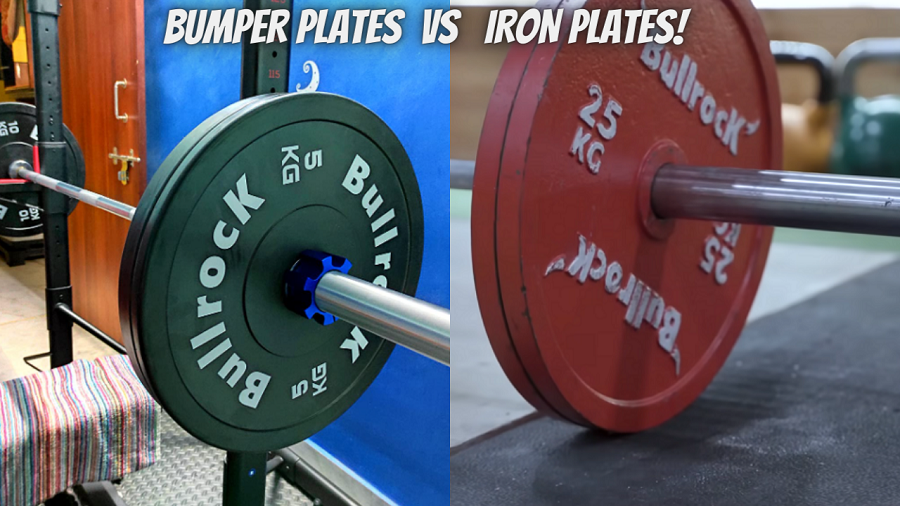
Finding the right pair of weight plates for your home gym can be a bit of a daunting task. Since you have to think about the style of lifts you're hitting as well as how much money you can comfortably spend.
Bumper plates and metal plates are pretty different, so which style should you go with?
Well, that’s why I’m here. Let’s go ahead and get right down to it.
This time I’m going to be comparing bumper plates Vs metal plates and help you decide which one needs to be in your gym.
Bumper Plates Vs Metal Plates
What are Bumper weight plates?

Bumper weight plates are weightlifting plates that are popular among weightlifters and are for gyms as well.
Why? Because they allow for dynamic lifting movements, such as the clean and jerk and the snatch, without the fear of damaging equipment or flooring.
Bumper plates provide a consistent and standardised lifting experience, as the plates are the same diameter regardless of weight, which helps maintain proper form during lifts.
How are they made?
They are made of solid rubber or a combination of rubber and steel and are designed to be dropped from an overhead height.
Bumper weight plates are usually colour-coded to indicate their weight, with standard colours being:

- Green for 10kg
- Yellow for 15kg
- Blue for 20kg
- Red for 25kg.
They are typically made thicker than traditional iron-weight plates, allowing for less weight to be loaded onto the bar if you’re using the regular version. But competition bumpers are made thinner and are being used in competitions only where it adds to a lot of weight. (300 kgs margin)
What are Metal weight plates?
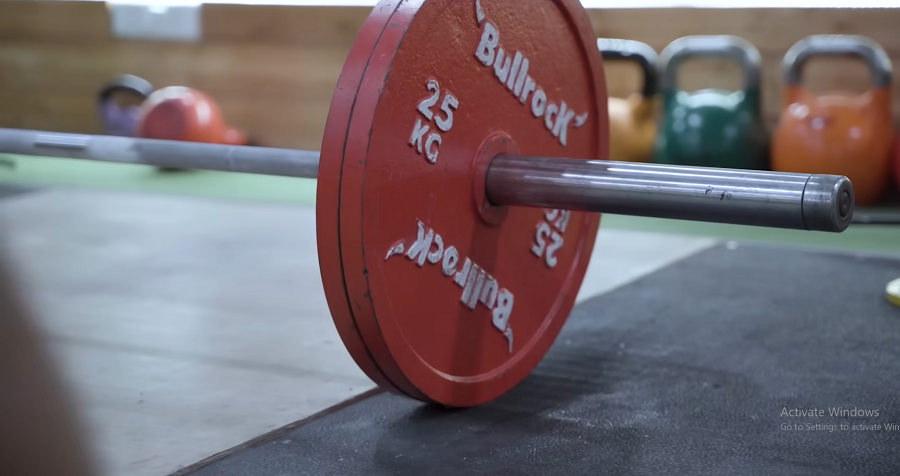
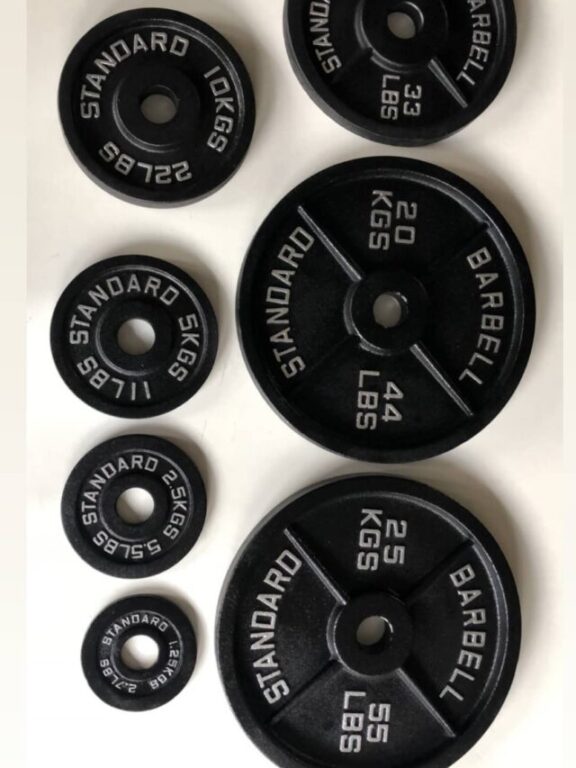
Metal weight plates are a type of weight plate commonly used in weight training and powerlifting (also called iron-calibrated plates).
They are typically made of cast iron, but can also be made of other metals, such as steel.
Metal weight plates come in a variety of sizes, and weights, and are designed to be loaded onto a barbell or other weightlifting equipment.
Metal weight plates are popular because they are durable, long-lasting, and provide a solid and stable feel during lifts.
For powerlifting, they also come in a wide range of weights,
- Small fractional plates weighing as little as 0.5kg
- Larger plates weighing up to 25kg.
These plates are typically thinner than traditional cast-iron plates, allowing for more weight to be loaded onto the bar, and are also designed with raised rims for easy handling.
How are they made?
Metal weight plates are typically made by melting the metal in a furnace and pouring it into moulds designed to create the specific weight and shape of the weight plates.
After cooling and solidifying, the weight plates are finished and inspected for any defects or imperfections.
- Metal weight plates are known for their durability and a wide range of weight options.
- Bumper plates might break after time and lose their weight, but iron plates only get scratched and retain their original form.
| Bumper Plates | Iron Plates |
| They are durable, even when dropped. | They can easily break when dropped. |
| All weight sizes have the same diameter. | Diameters differ based on different sizes. |
| Come in vibrant colours. | Come in black or dark grey. |
| They are ideal for power-focused exercises. | Meant for a classic grit feeling |
| Fall on the expensive spectrum of scale. | They are cheaper than rubber plates. |
Similarities:

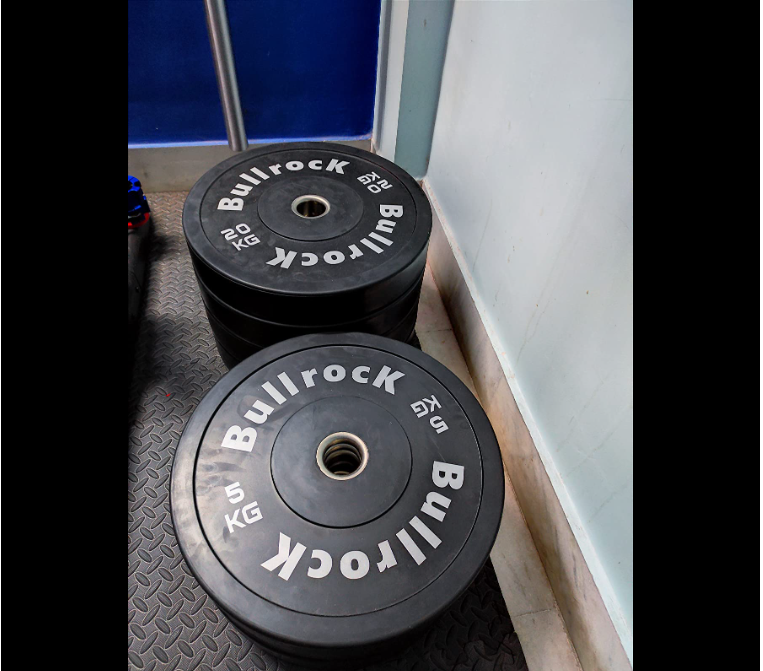
Let’s talk about the similarities between bumper plates and metal plates.
1. Material:
Now believe it or not. Bumper plates are not all made of 100% rubber most of the time they’re going to feature some type of insert whether that be steel or iron so there is a similarity with both of these and the fact that there is going to be some type of metal used in some way shape or form.
2. Weight:
Some companies may opt for some different weight options but the majority of companies are going to stick with the traditional 5, 10, 15, 20, and 25 kg weight options for you to work with.
This goes for both bumper plates and metal plates alike.
3. Usage:
Gym-goers and fitness enthusiasts often use both types of plates for various exercises.
This availability and popularity of both bumper plates and metal plates make them easily accessible options. People are now also turned to bumper plates for deadlifts, and squats because they’re easier to drop in case you fail a lift.
However, powerlifters who lift above 250 kg, or more always turn to iron plates because they give more weight loading capacity.
Now in terms of function to an extent, there are a lot of similarities between these styles of plates and how they’re used.
When it’s all said and done, you’re going to be using a weight plate with a barbell.
Now how do you use that barbell? Well, that’s going to depend on which style of plate you go with.
Some Differences:
1. Price:
For starters, bumper plates tend to be more expensive than metal plates. This is due to that added layer of rubber it’s going to add to the lifespan.
It’s going to add to that price.
Metal plates, on the other hand, are usually made of cast iron, which is a less expensive material.
2. Thickness:
As well, metal plates tend to be a little thinner than bumper plates are.
That way you can really, you know, load up a lot of weight on your barbell and metal plates are also a lot noisier than bumper plates are, so they don’t absorb shock as well as bumper plates do either.
So you really don’t want to be doing any Olympic-style lifts because you definitely are at risk of ruining your barbell at a much quicker rate than you would with some bumper plates.
3. Durability:
Bumper plates are more durable than metal plates due to their high-quality rubber compound and specialised design, which allows them to withstand impact and rough use.
Metal plates are durable but can chip, crack, or wear down over time.
4. Diameter:
Metal plates also tend to have a smaller diameter with the lower weight options while with bumper plates their diameters are pretty much always uniform, but the thickness is going to vary depending on which weight option you’re using.
For example, a 10 kg bumper plate is going to have the same diameter as a 25 kg bumper plate but they’re going to be much thinner.
5. Dropping
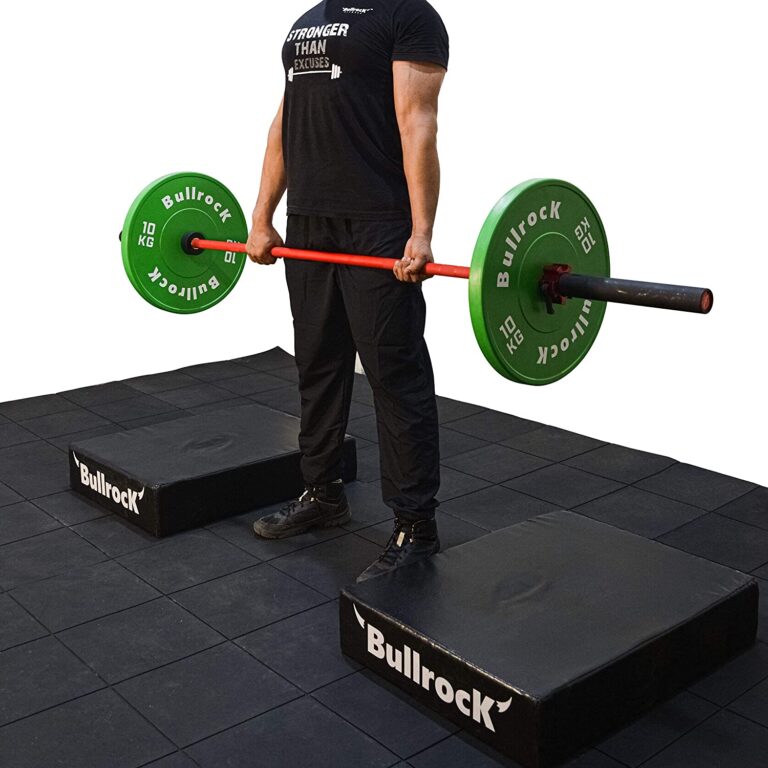
Bumper plates are also designed to be dropped here hearing overhead style lifts Olympic lifts, Crossfit style, really whatever it may be.
The rubber coating is going to absorb the shock and protect the barbell while that’s something you definitely don’t want to do with metal plates.
You really just want to use these from a racked position or maybe you know during a deadlift where you can safely ease that weight onto the ground.
PRICE?
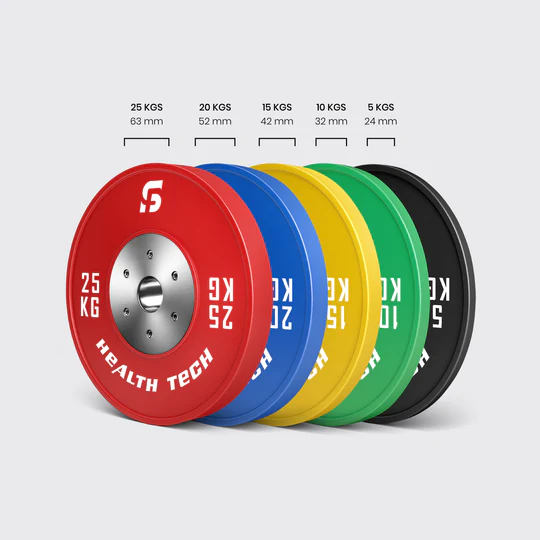
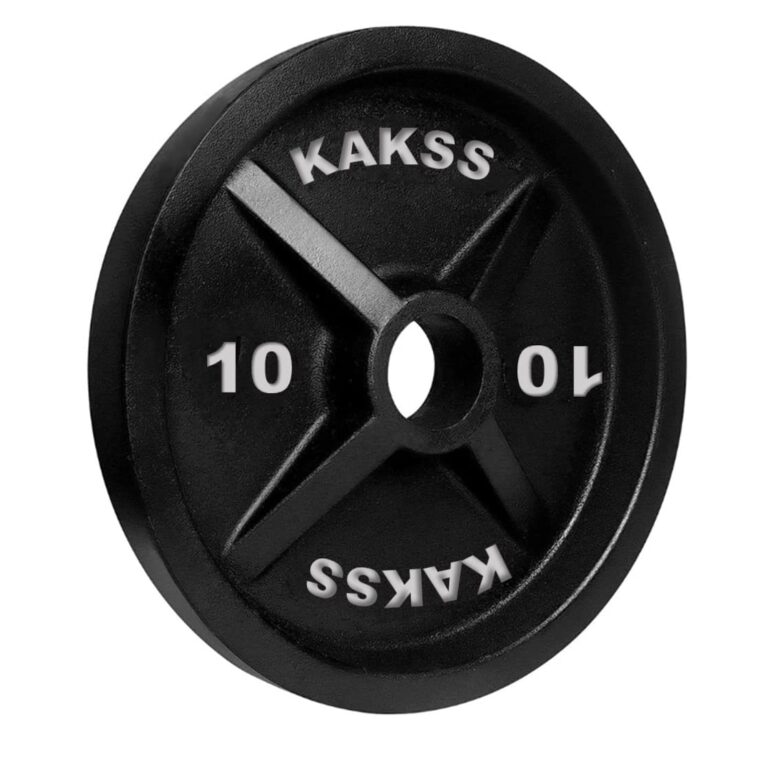
These are SFhealthech Rubber Bumper plates and these KAKSS Iron plates.
You’ll find that both of these options right here are some of the more affordable options that Rogue actually has to offer.
Now when it comes to these
- 25 kg pair of Colour Bumper plates, they’re priced at around Rs 15,313
- 25 kg pair of Cast Iron Plates they’re about 10,000
That’s going to be the case with all the other weight options as well.
You will be spending more money on the bumper plates.
If that’s not enough for you though let’s go ahead and compare Olympic-style plates to their competition bumpers.
- 25 kg pair of any Olympic-style plates, they’re going to run you about Rs 8000
- 25 kg pair of the SFhealthtech competition bumpers are about Rs 29,000
You know this isn’t just the case with SFhealthtech this is going to be with all the other companies out there as well.
Bumper plates are just going to cost you more money.
Use My Discount Code: “MENSQUATS5” to get an extra 5% off on Sfhealthtech products. Use it before making a payment.
So if you want to save some money and you’re not really interested in doing some Olympic style lifts, like a power clean or a hang clean you know anything like that you’re probably gonna be better off saving some money and going after some metal plates.
But remember, they definitely have a higher risk of rust forming.
Which style of plates should you buy?
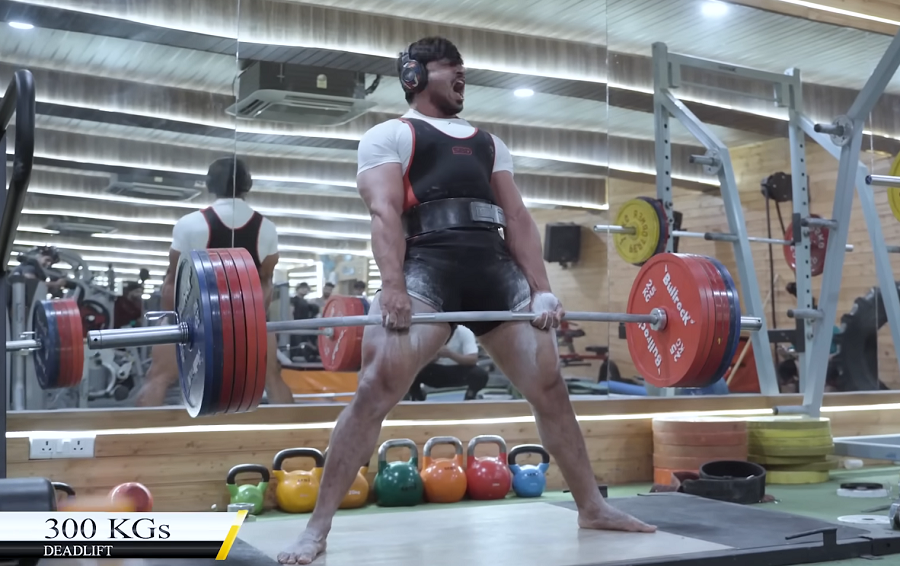
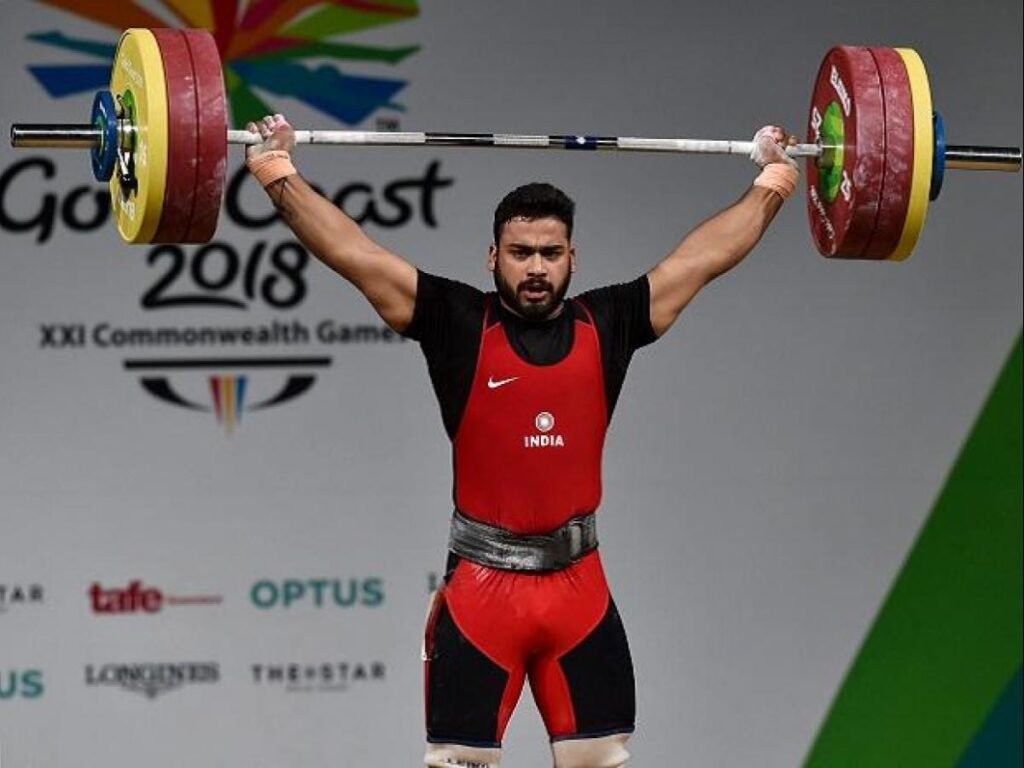
Well, this is going to be completely based on whatever style of workouts you do.
- If you’re a powerlifter focusing on the big three lifts, which is you know squat, bench, and deadlift, then you don’t really need the added protection that bumper plates provide. So I would definitely suggest going after some metal plates.
- However, if you’re a weightlifter and do want to work in some power cleans or any other Olympic and Crossfit style lift. You should absolutely want to snag yourself some bumpers. That way you’re not ruining your barbell though you also have to factor in money.
If you're on a tight budget, you don't want to spend. You know some of your hard-earned cash then you're definitely going to be better off going with some metal plates (not calibrated ones, but metal-integrated rubber gym plates) because they are cheaper.
Best Bumper Plates in India – Top Options
- 5% OFF
 MENSQUATS5Copied
MENSQUATS5CopiedSFhealthtech Bumper Plates
- Thick bumpers – Made of 100% rubber composition. High quality & finish for commercial gyms.
Read Review - 5% OFF
 mensquats05Copied
mensquats05CopiedLeeway Bumper plates
- Thin bumpers – ideal finish, good durability, and low price. Ideal for home gyms that are budgeting around 27,500 for a 150 kg set.
Read Review
Best Metal Plates in India – Top Options
- 0% OFF
 NACopied
NACopiedBullrock Fitness Calibrated plates
- Highly calibrated plates from bullrock. Use it in competition. Comes with a better finish and iron density than CHALLENGE plates. Cost – 300 per kg approx.
Read Review - 5% OFF
 mensquats05Copied
mensquats05CopiedLeeway Fitness – Metal + Rubber Plates
- High-Quality rubber-integrated metal plates are commonly called caption America plates. Add a marvel vibe to your gym. Rs 190/per kg after discount.
Read Review
FAQs
Q1: Why do iron plates feel heavier?
Iron plates feel heavier because they are denser than bumper plates. This means that more weight can be packed into a smaller space, resulting in a heavier feel. That’s why some people feel the difference between working out with an iron.
Q2: What are bumper plates used for?
Bumper plates are commonly used for Olympic weightlifting and powerlifting. They are designed to be dropped from overhead without damaging the floor or the plates themselves. They are more durable, shock absorbent, and safe for lifting and failing a lift (oops!).
Q3: Are metal plates heavier?
Metal plates can be heavier than bumper rubber plates because they are often made of denser materials, such as iron or steel.
That’s why you may feel a small-sized 5kg metal plate is heavier than a larged sized (450mm diameter) 5 kg rubber bumper plate.
Q4: What is the difference between bumper plates vs Olympic plates?
Bumper plates and Olympic plates (not compulsory rubber) are both used for weightlifting, but there are some key differences. Bumper plates are designed to be dropped from overhead without damage, whereas Olympic plates are not.
Additionally, bumper plates are typically made of rubber or urethane and have a larger diameter, while Olympic plates can be made of a variety of materials and have a smaller diameter.
Q5: Are bumper plates lighter?
Bumper plates can be lighter than traditional metal plates because they are often made of rubber or urethane, which are less dense materials. However, bumper plates can still be heavy depending on their size and weight.
Q6: Are bumper plates or iron plates better?
Bumper plates are designed for Olympic weightlifting and functional fitness training, while iron plates can be used for a variety of weightlifting exercises.
If the individual’s lifting routine involves Olympic weightlifting movements like snatches and clean and jerks, bumper plates may be the better choice.
However, if the individual is doing more general weightlifting exercises like squats, deadlifts, and bench presses, iron plates may be sufficient.
Also, Read our TOP blogs on “WEIGHT PLATES”:
1. 15 Ways To Pick The Right Weight Plates For Home Gym in India?
2. A Buyer’s Guide to Choose b/w Different Types of Weight Plates?
3. Is It Good To Buy Second Hand Gym Weight Plates For Home Gym?
Thanks for reading this blog.
If you have any questions or want to buy metal plates or bumper plates in India at cheaper discounted rates from brands.
Contact me on Instagram _mensquats_ or WhatsApp me. I will try to give every help possible.
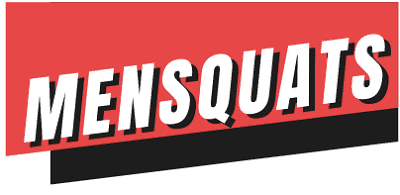
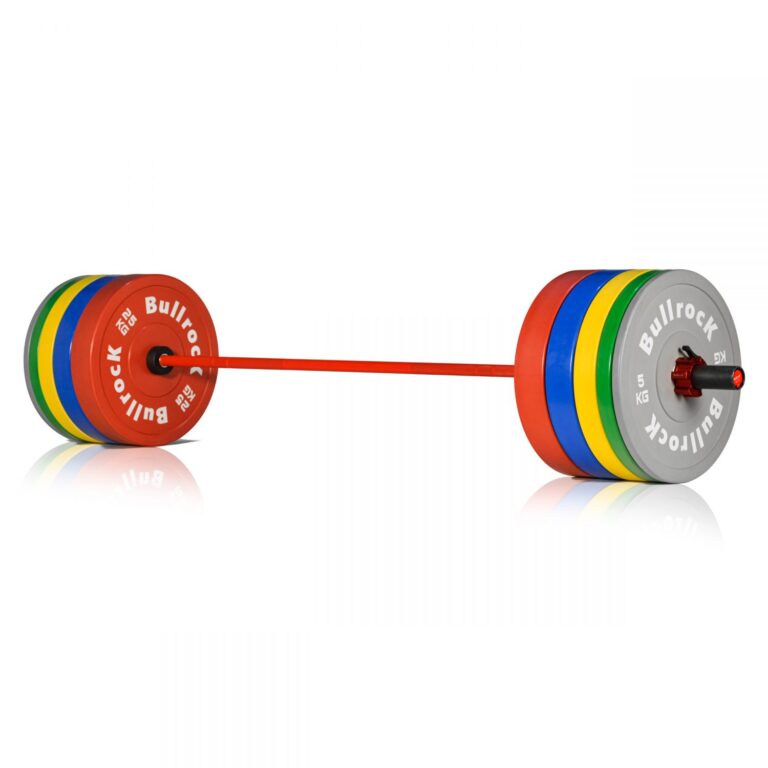
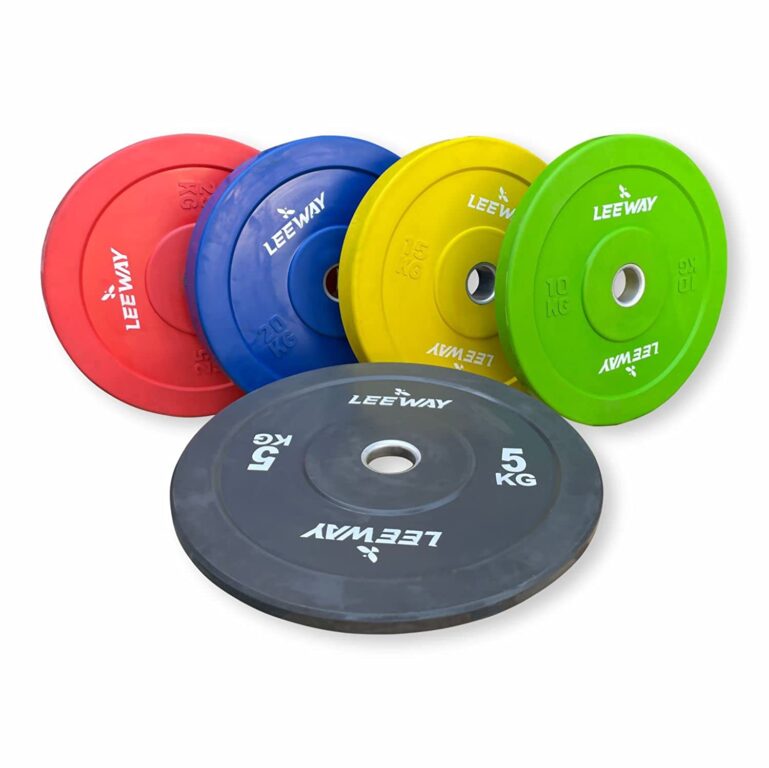

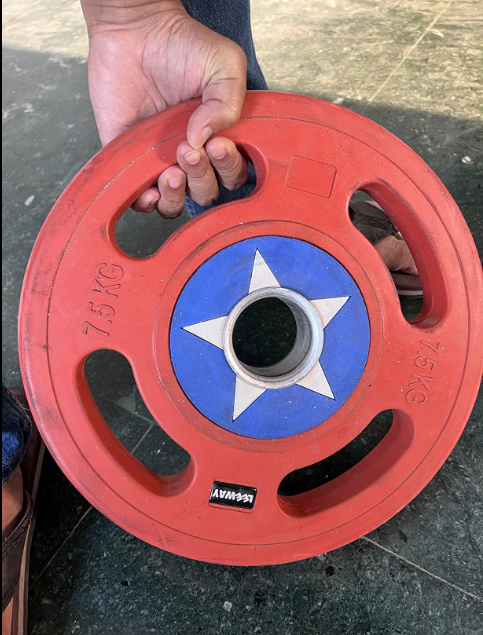
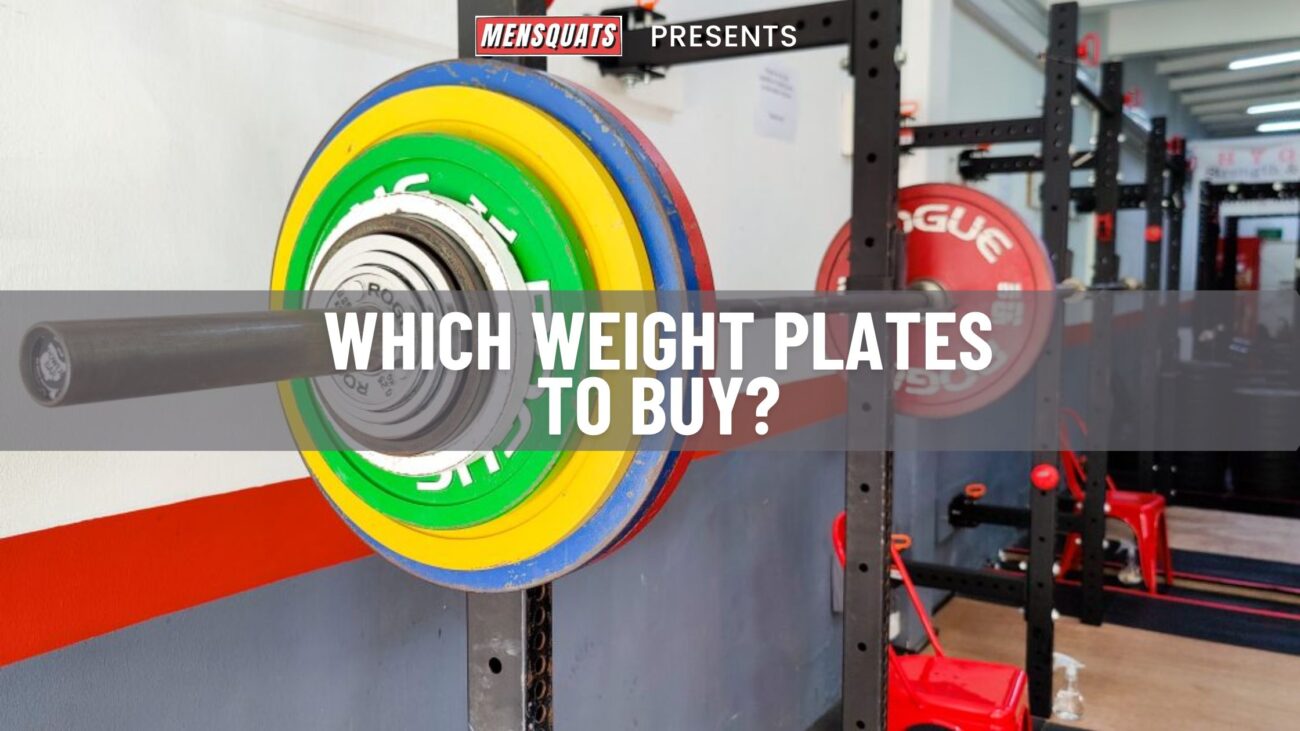
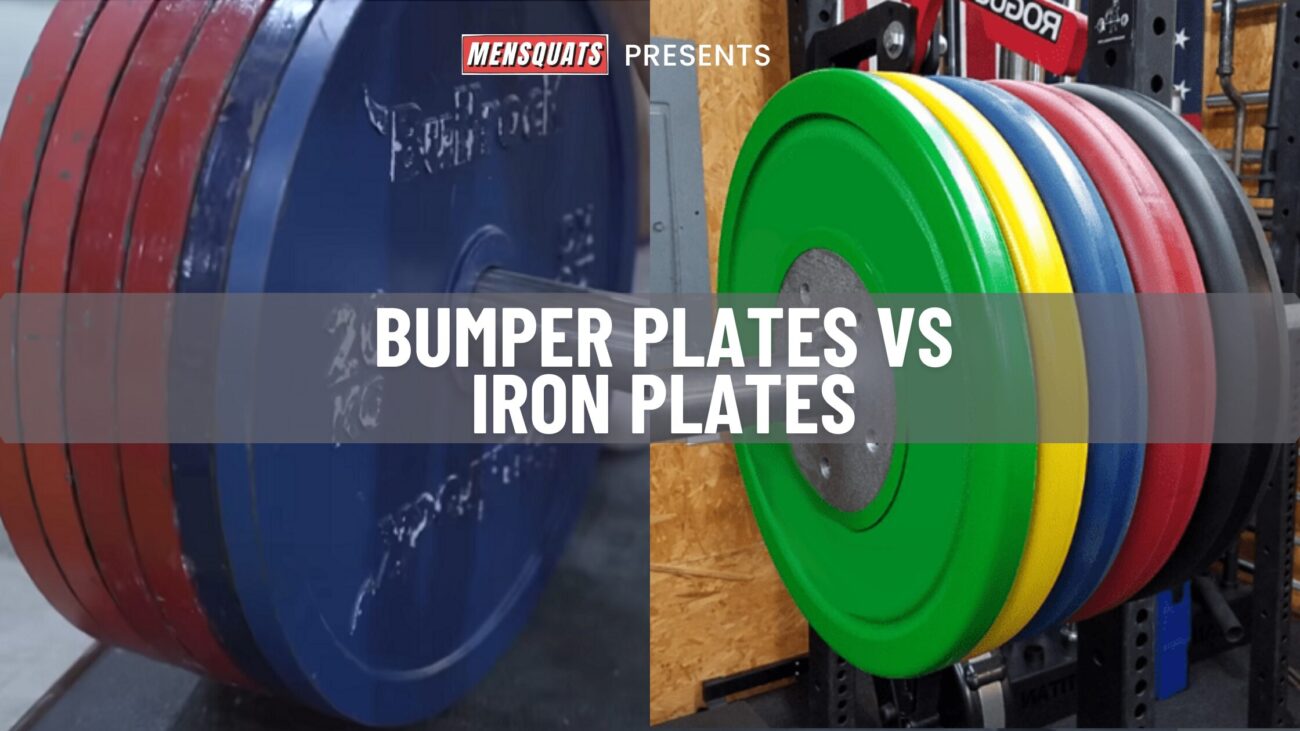


Nice content 😊✌